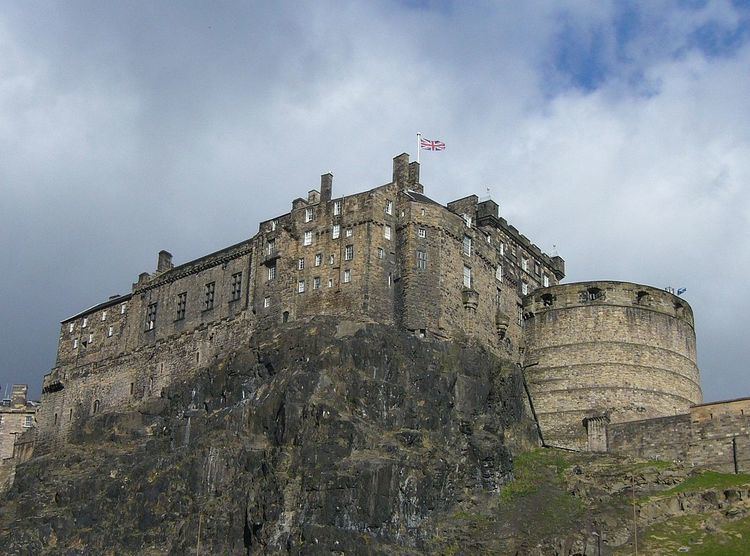Active 1905–19722012–2014 | Country United Kingdom Type Command | |
 | ||
Scottish Command or Army Headquarters Scotland (from 1972) is a command of the British Army.
Contents
- Nineteenth century
- Twentieth century
- First World War
- Second World War
- Post War
- General Officers Commanding in Chief
- Commander in Chief Scottish Army
- Commander in Chief Scotland or North Britain
- Commanding the troops in the North British District
- Commanding the troops in the Scottish District
- General Officer Commanding in Chief Scottish District
- General Officer Commanding in Chief Scottish Command
- General Officer Commanding Scotland
- General Officer Scotland
- References
Nineteenth century
Great Britain was divided into military districts on the outbreak of war with France in 1793. The Scottish District was commanded by the Commander-in-Chief, Scotland. In January 1876 a ‘Mobilization Scheme for the forces in Great Britain and Ireland’ was published, with the ‘Active Army’ divided into eight army corps based on the District Commands. 8th Corps was to be formed within Scottish Command, based at Edinburgh. This scheme disappeared in 1881, when the districts were retitled ‘District Commands.
Twentieth century
The 1901 Army Estimates introduced by St John Brodrick allowed for six army corps based on six regional commands. As outlined in a paper published in 1903, VI Corps was to be formed in a reconstituted Scottish Command, with HQ at Edinburgh. Lieutenant General Sir Charles Tucker was appointed acting General Officer Commanding-in-Chief (GOCinC) of VI Corps in April 1903. Scottish Command was established in 1905 at Edinburgh Castle but moved to Craigiehall in 1955.
First World War
Army Order No 324, issued on 21 August 1914, authorised the formation of a 'New Army' of six Divisions, manned by volunteers who had responded to Earl Kitchener's appeal (hence the First New Army was known as 'K1'). Each division was to be under the administration of one of the Home Commands, and Scottish Command formed what became the 9th (Scottish) Division. It was followed by 15th (Scottish) Division of K2 in September 1914. The 64th (2nd Highland) Division was established in the Command by 1915 after the departure of 51st (Highland) Division for France.
Second World War
In September 1939 consisted of Highland Area with 9th (Highland) Infantry Division and 51st (Highland) Infantry Division, and Lowland Area with 15th (Scottish) Infantry Division and 52nd (Lowland) Infantry Division, plus other troops.
As France was capitulating, General Władysław Sikorski. the Polish commander-in-chief and prime minister, was able to evacuate many Polish troops—probably over 20,000—to the United Kingdom. After initially regrouping in southern Scotland these Polish ground units (as I Corps, comprising the 1st Independent Rifle Brigade, the 10th Motorised Cavalry Brigade (as infantry) and cadre brigades largely manned by surplus officers at battalion strength) took over responsibility in October 1940 for the defence of the counties of Fife and Angus; this included reinforcing coastal defences that had already been started. I Corps was under the direct command of Scottish Command. While in this area the Corps was reorganised and expanded.
Post War
The Command was merged into HQ UK Land Forces (HQ UKLF) in 1972 and Scotland became a District under the new structure. Scotland continued to have district status directed by Army Headquarters Scotland at Craigiehall near Edinburgh until 2000 when the last General Officer Commanding Scotland stood down and the Army HQ Scotland was replaced by HQ 2nd Infantry Division with control of troops in Scotland and the North of England. The post of General Officer Commanding Scotland was recreated again on 2 April 2012 following the disbandment of 2nd Infantry Division. In 2014, Headquarters Scotland was merged with Headquarters 51st Infantry Brigade based at Forthside Barracks, Stirling. In 2015, the post of General Officer Commanding Scotland was eliminated.
General Officers Commanding-in-Chief
Commanders-in-Chief have included:
